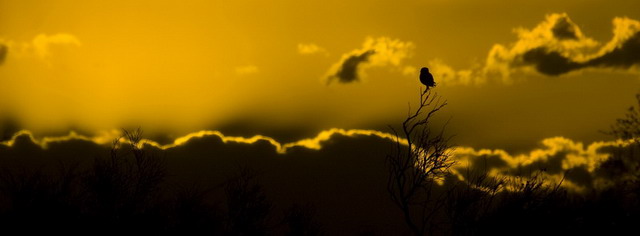In Analamazoatra and Mantadia we saw lemurs from three (of the five exisiting) families. Cheirogaleidae or mouse lemurs (tiny nocturnal lemurs) of which we only got fleeting glimpses and no decent pics (other than of eyes shining in the dark). The Lemuridae or true lemurs whose body posture is mainly quadrupedal and include Catta and Bamboo lemurs (from a previous post) as well as these Common Brown Lemurs Eulemur fulvus.
En Analamazoatra y Mantadia vimos representantes de tres de las cinco familias de lemures. Cheirogaleidae o lemures ratón (diminutos y nocturnos), los cuales solo pudimos ver fugazmente y aparte de alguna foto de ojos brillando en la oscuridad, pude hacer poco más. También los Lemuridae o lemures típicos que suelen moverse de forma cuadrúpeda, e incluyen a los lemures catta y lemures del bambú (que aparecen en una entrada anterior del blog) y también a estos lemures pardos Eulemur fulvus.
The third family is the Indridae, all of which are great jumpers, have very long and powerful hindlimbs (35% longer than forelimbs) and tend to move in a more vertical posture through the trees. This family includes sifakas, like these Diademed Sifakas Propithecus diadema.
La tercera familia es la de los Indridae, que se caracteriza por lemures saltadores con extremidades posteriores largas y fuertes (un 35% más largas que las anteriores) y por moverse de forma más vertical entre los árboles. Esta familia incluye a los sifakas, como estos sifakas diademados Propithecus diadema.
And of course the mythical Indri. This is the largest existing lemur and is the source of many different malagasy myths. It's gasy name is Babakoto which means 'ancestor of man', although it is also sometimes translated as 'father' (baba) 'little boy' (koto), in reference to the myths of children adopted by indris or of their wailing call which is said to resemble that of a father who has lost his son in the forest...
Y por supuesto, el mítico indri. Es el lemur de mayor tamaño y está rodeado de leyendas. Su nombre en malgache es Babakoto, que significa 'antepasado del hombre', aunque a veces se traduce también como 'padre' (baba) 'niño pequeño' (koto), en relación a historias de niños perdidos adoptados por indris o al canto del indri (que se supone asemeja al grito de un padre que ha perdido a su hijo en el bosque)...
The Indris in Analamazoatra (above) are habituated to man's presence. In Mantadia, where the real wild Indris live, these are much larger, darker, and harder to see...
Los indris de Analamazoatra (como los de arriba) están bastante acostumbrados al hombre. En Mantadia, donde habitan indris realmente salvajes, son mucho más grandes, oscuros y bastante más difíciles de ver...
...and where we were lucky enough not just to see several groups, but also to find a female carrying a young (about 6 month old) baby.
...donde tuvimos la suerte, no sólo de ver varios grupos, sino también de encontrar una hembra cargando una cría de unos 6 meses de edad.
Subscribe to:
Post Comments (Atom)




















No comments:
Post a Comment